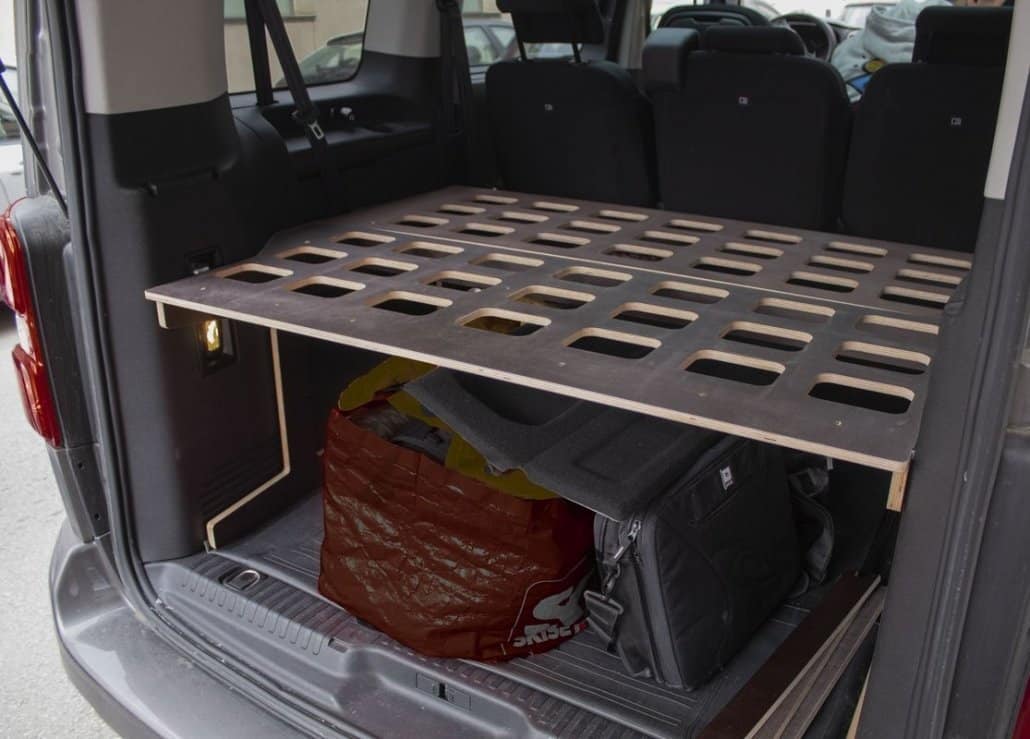If there is any material that defines humanity, it would undoubtedly be wood. Neither stone, nor bronze, nor copper, nor iron, nor paper, for as much as they give name to civilizations of Homo Sapiens, wood is the only material that has been used extensively in all of them.
For hunting, for making tools, for our houses, furniture, means of transportation, and a long etcetera. Wood, from all types of trees, has been used since time immemorial.
Technically, wood is an anesotropic material, which means that its physical properties are not the same in all directions. As wood logs are composed of fibrous cellulose tubes, they have greater strength properties in the grain direction, but in the transverse direction the strength is not as great, but has greater capacity for penetration by external agents.
Among the great properties of wood, which make it suitable for continued use in times when other more resistant materials are available, two stand out in particular:
- Sustainability: Wood is an organic, biodegradable, and abundant material. By using it we improve the world by fixing CO2, which would otherwise go into the atmosphere. And when we no longer use this material, it will be very easy to recycle it.
- Accessibility: There is wood all over the world, of many types, and easily accessible. Cultivable and therefore manageable, and very economically priced.
- Lightness: Wood has, in practically all species, a strength/weight ratio far above that of other materials, even comparable to steel. For this reason it is used in the construction of large-span halls, in the aeronautical and railway industry… and in furniture for camper vans.
In the construction industry, unidirectional wood is used in particular, i.e. with the fibers oriented in the same direction, either with whole beams or, more recently, with recomposed beams (finguer-joint, laminated or micro-laminated), while in the aeronautical industry and for the van furniture plywood is more commonly used, as it has similar two-way strength properties, and is therefore much more versatile.
At Camporan, we use birch plywood in our van beds, because it is a leafy wood, with high density and mechanical resistance, which makes it very durable, resistant and machinable.

To prevent the mattress from sliding on the bed base of the van, we use a board with one side coated with anti-slip film.


